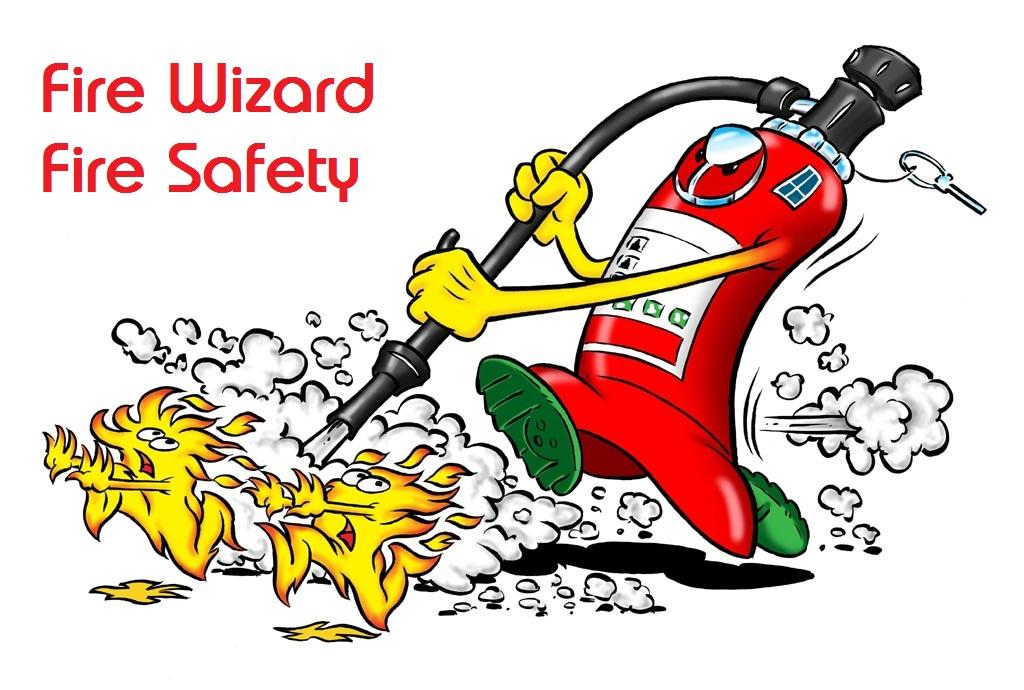-
Posts
2,703 -
Joined
-
Last visited
Everything posted by AnthonyB
-
The system does not comply with BS5266 by not operating on local circuit failure (assuming the fittings are non maintained) and both the FRA and H&SRA should consider the risks from this and determine how important it is to resolve. Where EL is not connected to local circuits rather than rewiring changing the fittings to maintained overcomes this, or in this case replace the inverter with self contained fittings on the local circuit. Whether this is needed to be done as one big job or as a gradual upgrade will be determined by the risk assessments.
-
They require an extended service at 5 years and most manufacturer's warranties (where they exist) usually expire at this point too. With powder extinguishers, especially small ones it's often cheaper to simply replace. If they haven't ever been annual serviced even better to replace.
-
That to my interpretation relates to transport units that are used to carry ADR goods but are unloaded - it only needs it's 2kg cab extinguisher & wouldn't be in breach of the regs if it didn't have it's load extinguishers, not to require every single van in the country to have an extinguisher. If ADR doesn't apply to a vehicle in any way (as oppose to a small load exemption) then the extinguisher requirement doesn't either. One of the reasons many of the big parcel companies refuse to take dangerous goods is so they don't have to bother with the ADR requirements.
-
In theory, but the roof would probably be required to be fire resistant & possibly some of the windows
-
I'd refuse to pay based on that, I bet if asked to provide a report from a specialist fire door contractor they'd soon back down
-
Your points are valid and why every revision of BS5266 reduces the acceptance of borrowed lighting more & more and if you have an escape route and open area that at any time of use would require you to switch the electrical lighting on there is a good chance you will need emergency lighting.
-

Escape Lighting Not Required in 2-Storey Flats
AnthonyB replied to Brad Parker's topic in Emergency Lighting
It is usually in reference to purpose built blocks of flats consisting of two communal floors - e.g. ground floor with flats off it and first floor with flats off it; or where the ground floor is a separate car park level a first floor with flats off and a second with flats off. Maisonettes are what is now termed as Duplex flats where each flat has two floors with it's own internal staircase. Building Regulation compliance isn't a 100% guarantee of Fire Safety compliance and the current guidance for purpose built flats recommends that EL should be considered even in 2 storey blocks- after all the risks from a dark stairway don't vanish just because it's a single flight.... -
Your points are valid and why every revision of BS5266 reduces the acceptance of borrowed lighting more & more and if you have an escape route and open area that at any time of use would require you to switch the electrical lighting on there is a good chance you will need emergency lighting.
-
Absolutely no legal requirement, unlike for example a first aid kit. Doesn't mean it's not a bad idea to have one as long as it's big enough to be of any real use.
-
Great, part of the problem is the number of organisations and people servicing that don't know what they are doing making it difficult for those that do as they undercut.
-
It's a flooded cut price market - do a lot of research before taking the plunge. You should of course be qualified to carry out the work. Safelincs are a great retail firm but are not importers/manufacturers and there are several who support the trade. However as a new small volume customer you may get better rates from them than if you went direct to the manufacturer as they have the advantage of volume of scale discount that you wouldn't so it's well worth getting their trade list.
-
Open areas require 0.5 lux anti panic lighting, escape routes (corridors, stairs, etc) 1 lux on the centre line
-
You are responsible for a fire risk assessment and determining if you require EL as you are both an employer and a person having control of all or part of a premises by way of your lease. Most rented office suites have their own meter and distribution board which you are responsible for - the lighting is under your control as a result including the EL need
-

LEDs on emergency bulk head light on all the time.
AnthonyB replied to a topic in Emergency Lighting
You can do it in house, it's simply putting them on test with the test switches and checking that they illuminate/stay illuminated correctly. -
You need to speak to a solicitor who specialises in property law. The issue is that from what you say there appears to never have been a formal legal agreement for the flat occupiers to access the shop yard for escape purposes (known as a Deed of Easement, Means of Escape license & various similar terms). Without it, the owner of the land is within their rights to block access (with notice) even if it causes fire safety issues. Four options usually exist: - Negotiate a Deed of Easement with the other owner, this usually involves paying them a fee or a small rent - Provide a new different escape route (rarely practicable as the lack of other escape options is why route over other premises existed in the first place. - Provide mitigation for the lack of alternative exit (sprinklers, smoke vents, alarms, etc) - Court remedy: Some cases have been brought where a premises has enjoyed the use of a route through adjoining land without objection for a number of years and been granted a de facto easement by the Court.
-
Only if your travel distances require the rear exit from the extent of the shop floor and only if the works required are reasonable
-
As you are the Responsible Person in a licensed premises you must carry out a written Fire Risk Assessment. If you don't feel competent in this you need to use an external provider, preferably third party certified (BAFE SP205-1, Warrington FIRAS). Guidance to help you carry it out yourself is here: https://www.gov.uk/government/publications/fire-safety-risk-assessment-small-and-medium-places-of-assembly & here if you have living accommodation on site: https://www.gov.uk/government/publications/fire-safety-risk-assessment-sleeping-accommodation
-
Depends on the age of the building, the as built information available and a general 'feel' for the premises. Some I'm happy to stay put with only a part survey (usually because service penetrations are not correctly sealed) as the walls & floors are to a suitable specification, others a full check of everything is needed
-
Can't argue with any of it other than trying to flog the flat owners a fire blanket and foam extinguisher (the latter would be the wrong type anyway) It's cheaper and more practicable than pulling all the ceilings and walls down to uprate the fire resistance and replace all the front doors.
-
They aren't going to do anything as they aren't in the actual wall penetration
-
Your older beacons will be strobe, but new will be LED and not a risk. Photosensitive epilepsy is quite rare, do you know if any of these pupils are actually sensitised?
-
Ideally the fire brigade should have been called even if you were going to tackle it yourself. They could then have carried out post fire ventilation with their PPV fans (if needed) and advised. Most fire effluent contains chemicals or particulates that are harmful to the lungs and body & the area should be well ventilated before re-entry. Whilst with a small extinguished fire it won't kill you it's not good for you either, especially if anyone has a pre-existing respiratory medical condition
-
If you want an alternative to an alerter, then you may need to consider Visual Alarm Devices as part of your fire alarm system, which as being used as a primary warning should conform to EN54-23. Whilst area coverage is subject to risk assessment the usual compliant provision is to all toilets and any office/room where a person relying on visual warning may work alone (it's anticipated that in larger rooms with other staff present they would alert the hearing impaired person).
-
That would be down ultimately to the risk assessment, however the usual presumption is that you would, otherwise how would people know where they are and how would people know that what otherwise looks like a handy storage recess actually needs to be kept clear.
-
The Housing Act 2004 also applies to the property and unlike the Fire Safety Order does apply inside domestic premises. If not changing the front door or allowing fitting of the alarm is assessed as a Category 1 hazard by the Council then enforcement action can be taken against you

